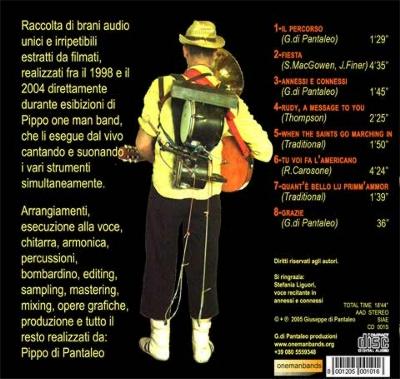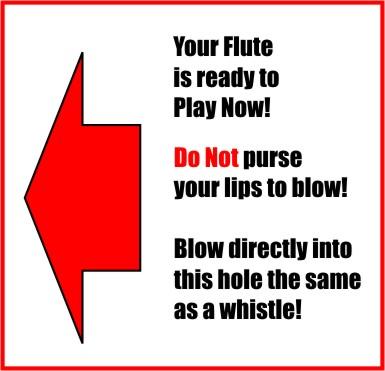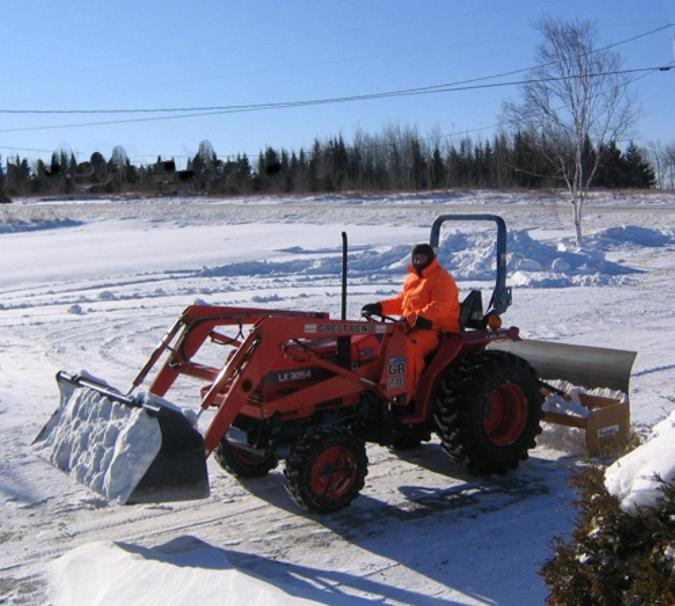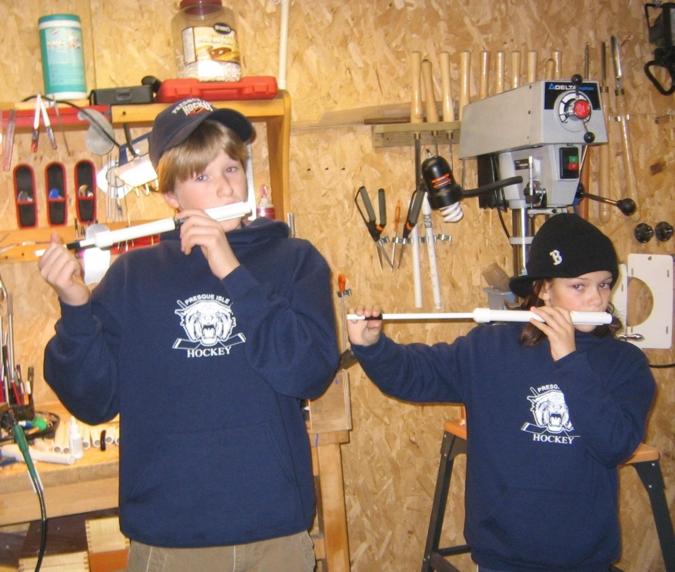Fife and Flute Tuning notes
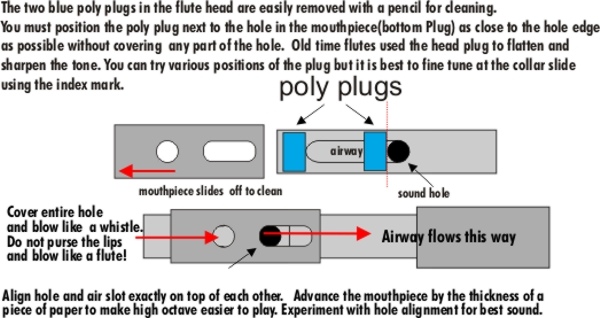
I recently spent the entire afternoon trying to recreate how you could put a little D fife completely out of tune. A customer in Connecticut had called and said he had a problem with his fife with the tuning. The instrument had played perfectly when he had received it, but after cleaning, the fife was completely out of tune and was not cooperating on going back into tune at all! I consider these instruments to be bullet proof and they just never have problems. I thought it wasn’t worth the cost of postage to
and from the shop just to tune the fife, so I said I could figure out what was going on and I would call him back with an answer.
Once before, I had a fife sent back because it lost tuning ability, but after checking it out and cleaning, the instrument had played perfectly and I had returned it to the owner with a clean bill of health. I didn’t hear from him again, so I calculated that perhaps something was in the airway and cleaning had corrected the problem.
So I pulled out a brand new fife, played it against the tuning program and a key board to verify it was in tune. I took the fife apart and pushed out the poly plugs, made sure it was entirely clean and put it back together. The fife played fine and the tuning was dead on. Since you can change the tuning buy moving the tone body and the mouthpiece slide, I tried moving the instrument in and out of tune by moving them. When I put the pieces back on the index marks, the fife went back into tune!
Then it occurred to me that the poly plugs move. So what if the primary plug was pushed too far away from the sound hole? I always have set this plug as close to the sound hole as possible just like a fipple plug is set on a whistle. When the plug was moved up and away from the sound hole, the fife went completely out of tune and no amount of persuasion could make it go into tune.
Then it occurred to me that regular fifes use these plugs for all of their tuning…too much head variable and that was the problem! I had simply never set the plugs differently on the fifes or flutes when I assembled them and when I checked my plans, I had instructed people to assemble them that way too.
I called the gentleman back and explained what was going on and he was in tune in less than a minute.
The diagram of the fife also pertains to flutes made on this plan and is included with your instrument when you receive it. Be sure to read all the instructions to make your start on the auto fife is a good playing experience.
Comments on Kids
I have had a reoccurring experience in the shop when children visit with their parents and decide they would like to play a whistle. The parents immediately ask “How much do they cost?” as if this were really a consideration. This is followed by some inquiry about “How much noise do they make?”
In an age where everything has a volume and it is generally turned up to the max, why do parents immediately ask about the noise level? You can literally see the child shrink when they hear the question and they begin to abandon ship immediately. The words noise and music don’t go together in the same sentence when you speak to a child.
I generally have an extra whistle or two in the shop, so I offer to have the child take a whistle home and report back in a week or so on how many different sounds they have figured out. Once they have played the whistle and gotten all the sound effects out of their system, they usually come back for a lesson on fingering and playing music on the whistle. If playing the whistle is a problem at home, the acoustically perfect barn is open on Thursday nights, and they are welcome to come out for extra tutoring and
a chance to play with other whistlers.
When my boys were home, they sang, played instruments and spent untold hours playing all kinds of music. In the basement, we had an upright piano that Nadiene played and I would tune up the tenor banjo for impromptu concerts in the evening. On the weekends at camp, we had a bedspring for a grill with a big fire in the evenings and every one on the campground would drop by to sing songs and hear the banjo and guitar. I made sure that no one ever said “What’s that noise? are you trying to sing?”
If you tell someone enough times that their music is noise, they will believe you and never try to be a singer, a player or know the joy of music. Many people start their musical career when they retire. This is the first time many folks have had to try their hand at playing an instrument after spending years just making a living and raising a family. I think the whistle is the best instrument available for the beginning musician and there is nothing as exciting as a new whistle player laying down some notes.
Whistle Comments for March
Dozens of people this past year have mentioned that “I used to play the sax (or some other instrument), but I think I’d like to try playing the whistle.” I think there is a huge return to things that are a bit simpler and more familiar.
One lady told me that whistle playing was addictive and second only to the excitement of adding whistles to her collection. Apparently she searched for new and unusual keys and types of whistles and had given up clothes and shoe collecting entirely. Anyway, she was having a very good time and was whistle shopping for souvenirs to take home for her friends and family.
Children who already play some sort of instrument in school like a clarinet, trumpet, trombone, or flute, are looking for a simpler instrument to help them decipher music they are already working on. Some want an instrument that is more to their liking and the whistle really fits this category for many folks. One little girl after picking out her whistle of choice said in a small quiet voice, “You have saved me from the recorder! I just can’t stand to play that thing”
Good and Plenty whistle
I received an email from a whistle buyer in Pennsylvania who lives near Lancaster in the midst of Amish country. Here is an excerpt of his letter with a story and a bit of humor. “I recently was waiting for my wife to do some shopping in a road side furniture store near Lancaster, PA. I got tired of sitting in the car , so I ambled over to where there were some rocking chairs for sale and took my whistle along for company. I bought the Traveler, Low A in October and I carry it on the road while I call on accounts.
There were no customers outside the shop, so I settled in to play a tune or two and probably had been playing a full ten minutes when I noticed I had an audience of two Amish children of about ten. I stopped playing and said hello and they responded that they liked my music and settled in to hear another piece. I had played a couple of my favorite songs when their father showed up and with a nod invited me to play some more.
I played for a bit more and then took a break and showed the two children the whistle and how it played. The father looked the whistle over and asked me if it had a name and I replied it was a WhistleSmith Low A. He smiled and said ” I think you should call it ‘the Good and Plenty!’ because it plays plenty well and good too!” Thought you would enjoy hearing that you have an Amish admirer of your whistle. As you can tell I think this a great whistle to take on the road too.
Italian One Man Band
I recently had a Mr. Di Pantaleo buy a slide flute on the eBay store. We shipped it to Italy and he was very happy with his purchase. It turns out he is a one man band and has added a WhistleSmith slide flute to his repertoire, so we are now in an orchestra in Italy. How cool is that? You can see the one man band in person if you go to www.onemanband.org. Here is a picture from the website with the one man band in action.
